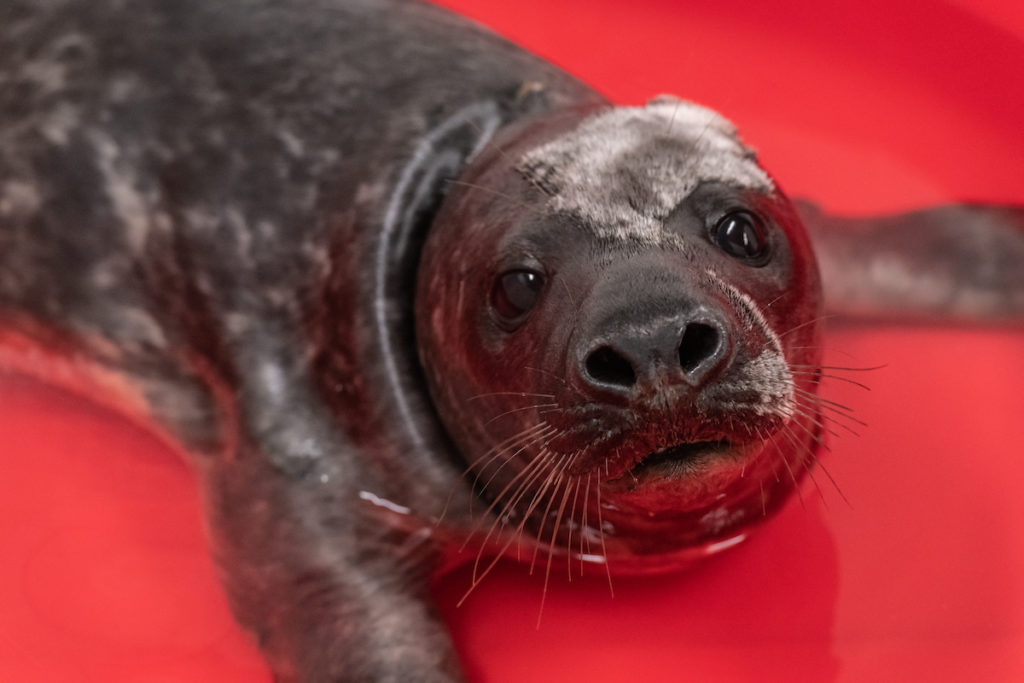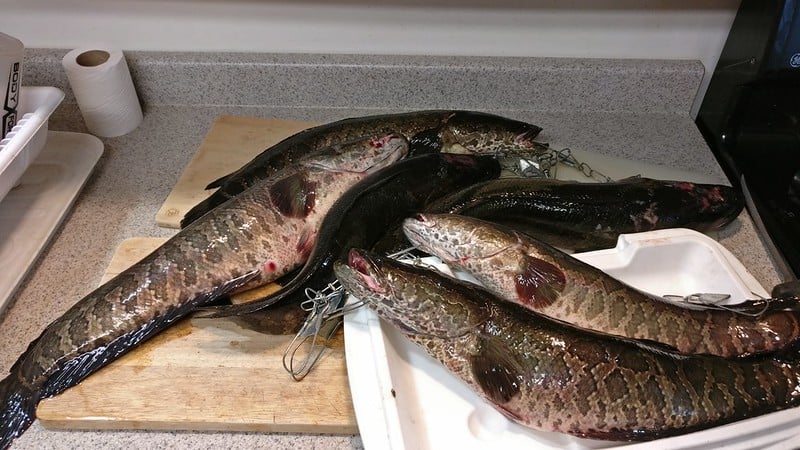It’s not unusual to hear that the National Aquarium in Baltimore’s animal rehabilitation center has admitted a new patient. The top-level facility helps several stranded sea turtles per year and occasionally a seal in distress from the Maryland and Delaware beaches.
But the newest rescue, a grey seal pup brought to the Animal Care and Rescue Center in late February, may be a sign of an important trend. The pup, so young he would still be dependent on his mother, is the third maternally-dependent grey seal admitted in recent years. The ongoing presence of these babies indicates there may be a grey seal colony, known as a rookery, established in the mid-Atlantic.
That would be notable since there has not been a known rookery here in years. After grey seals were nearly wiped out by mariners in the first half of the 20th century, the Marine Mammal Protection Act passed in 1972 has been helping to strengthen their numbers. With seal hunting illegal and punishable by fines or even jail time, seals can again move freely along the Eastern Seaboard.
The most recent rescued baby seal is making good progress since he was found dehydrated with infected wounds at Assateague Island National Seashore. The grey seal, nicknamed Louis Armstrong, was likely born in January, and weighed just 35 pounds when he stranded.
Louis has been treated with antibiotics for his wounds and Aquarium staff are now working with him to practice independent swimming and foraging for food, skills he will need to survive in the wild.
Grey seals stay in the rookery during breeding season, but are independent other times of year. The aquarium says if there is, indeed, a rookery nearby, we will likely see more seals like Louis in the Bay region. The aquarium offers this reminder: “Should you encounter a seal on the beach, it may not be sick, only resting. If you do see a seal, do not touch or approach it, and keep a distance of 150 feet—about the length of three school buses. Please note your location and time of day and immediately contact the National Aquarium’s Stranded Animal Hotline at 410-576-3880.”
NOAA will work with the National Aquarium to determine when Louis is ready for release. He’ll need to be about 50 pounds, so he has plenty of fish-eating ahead of him.
-Meg Walburn Viviano




